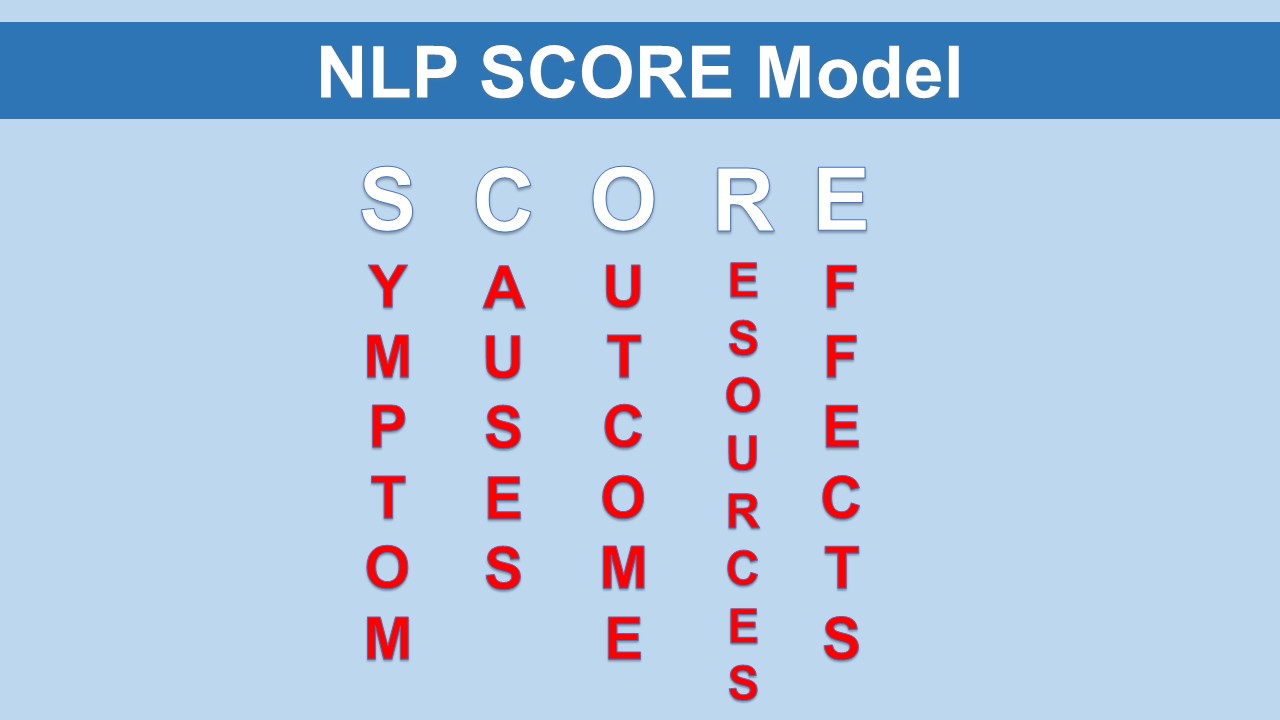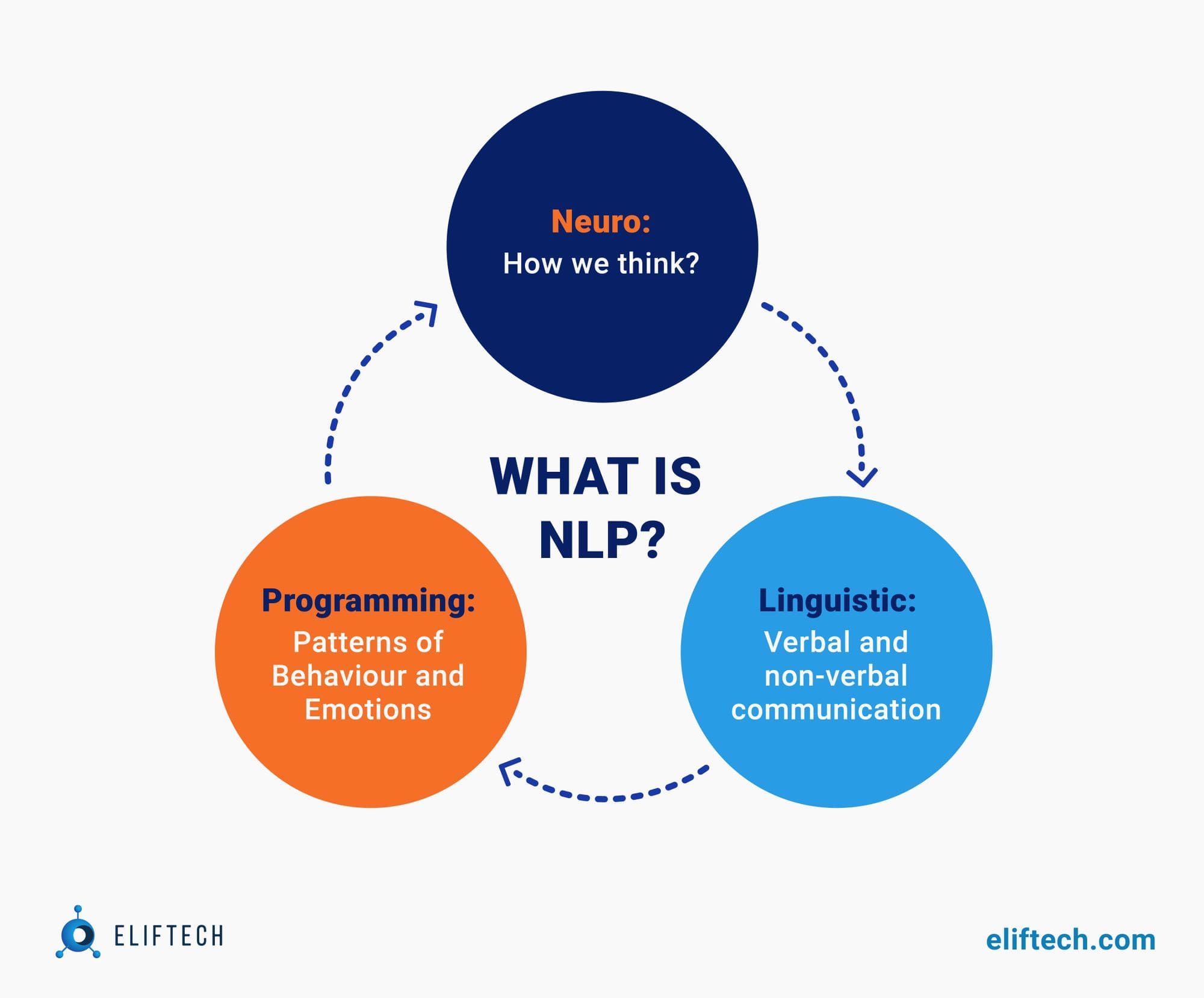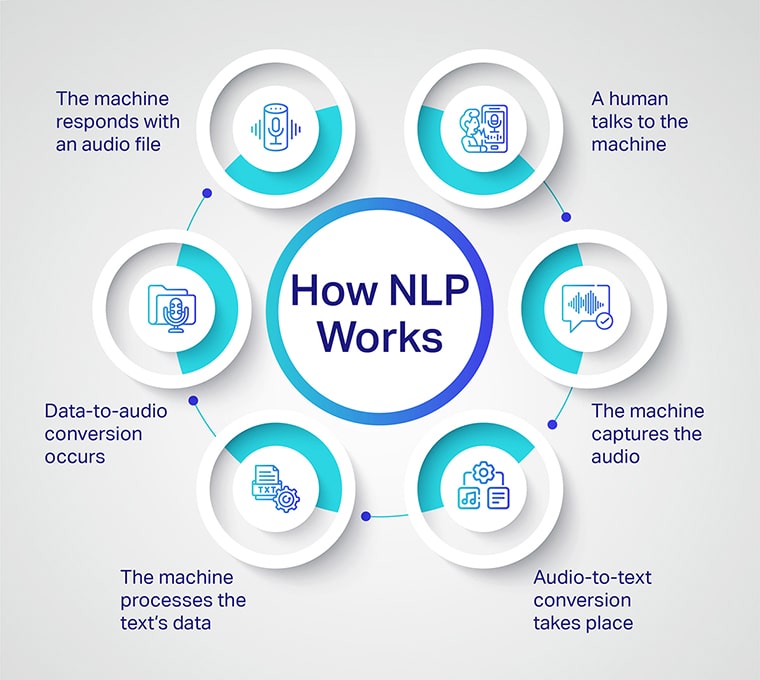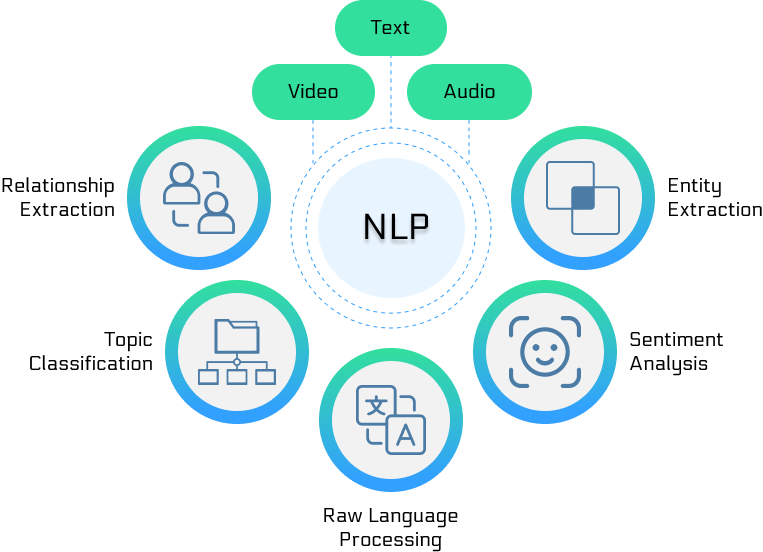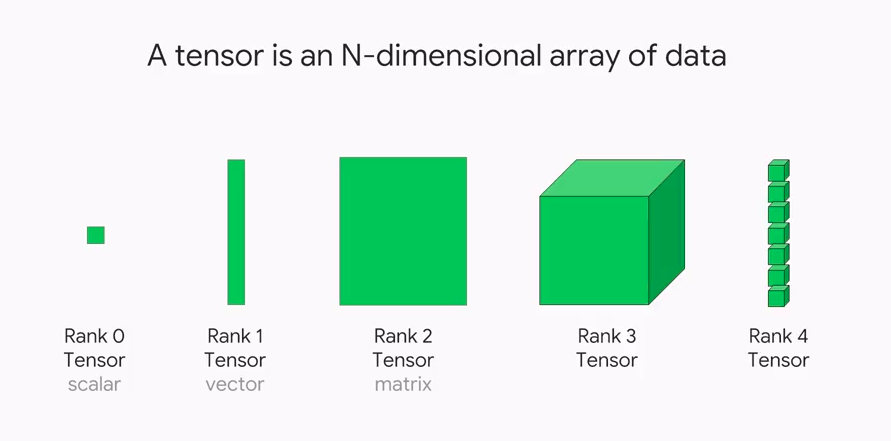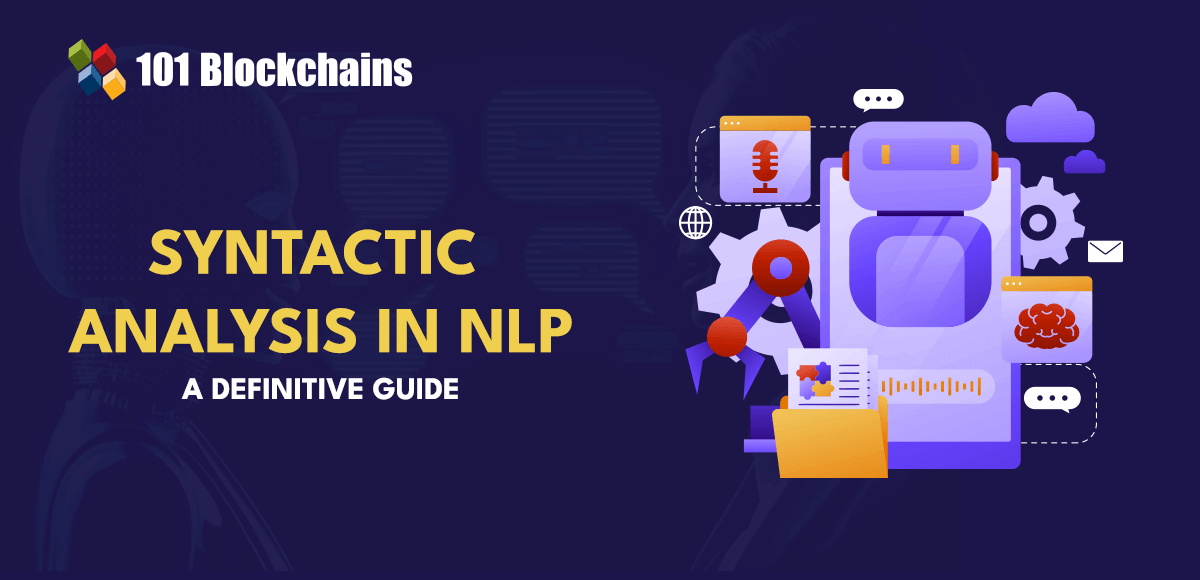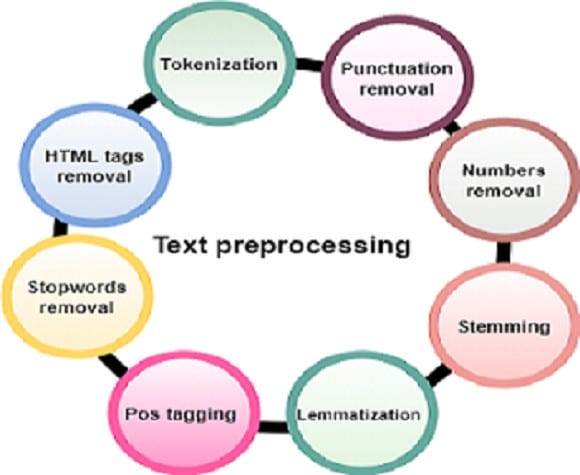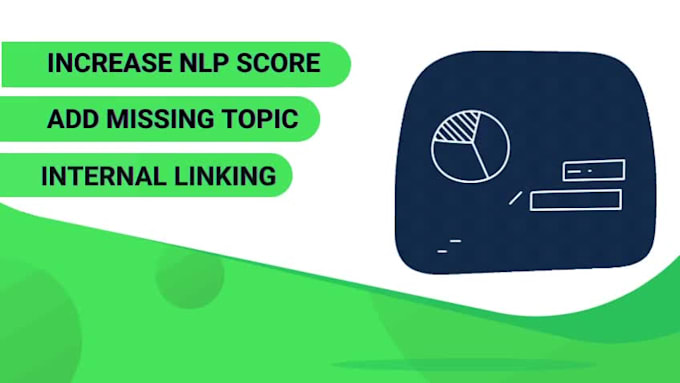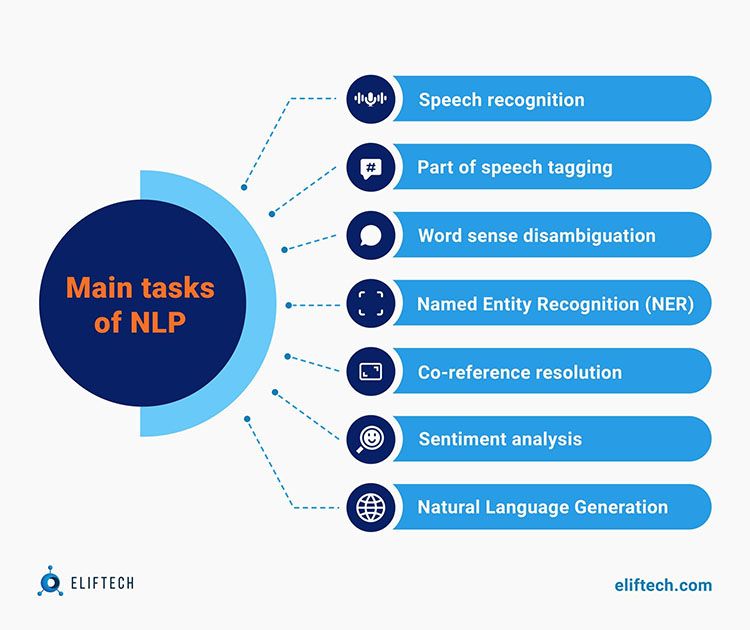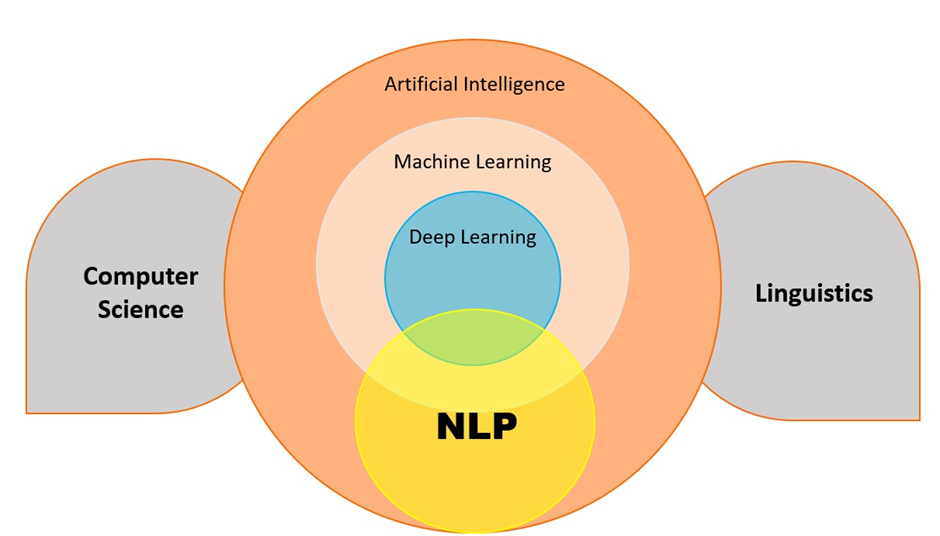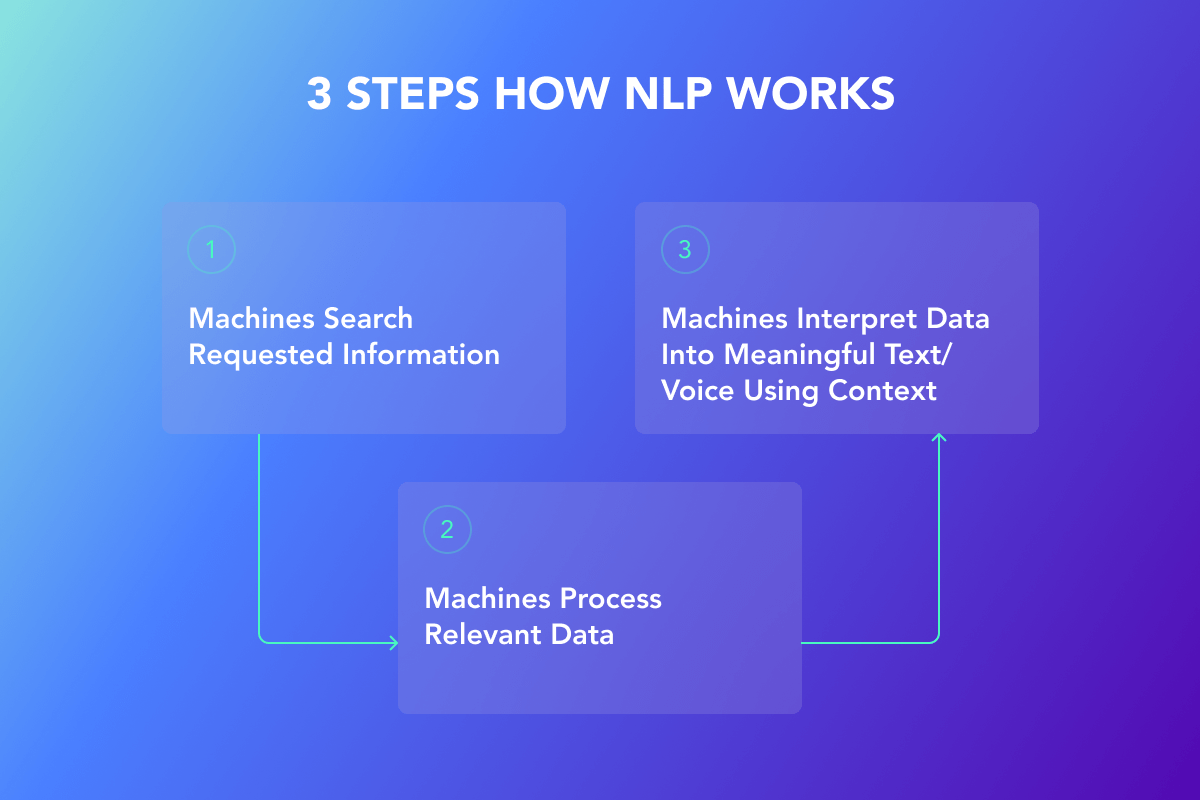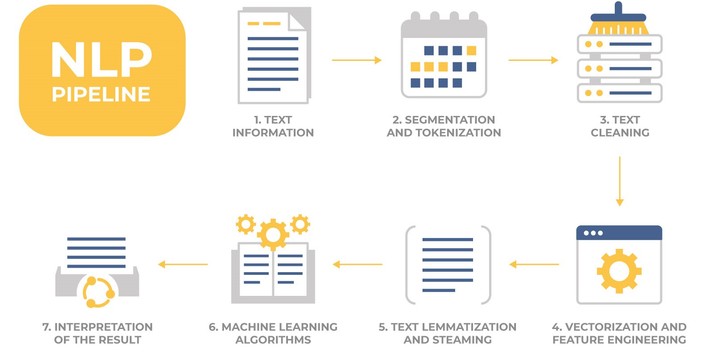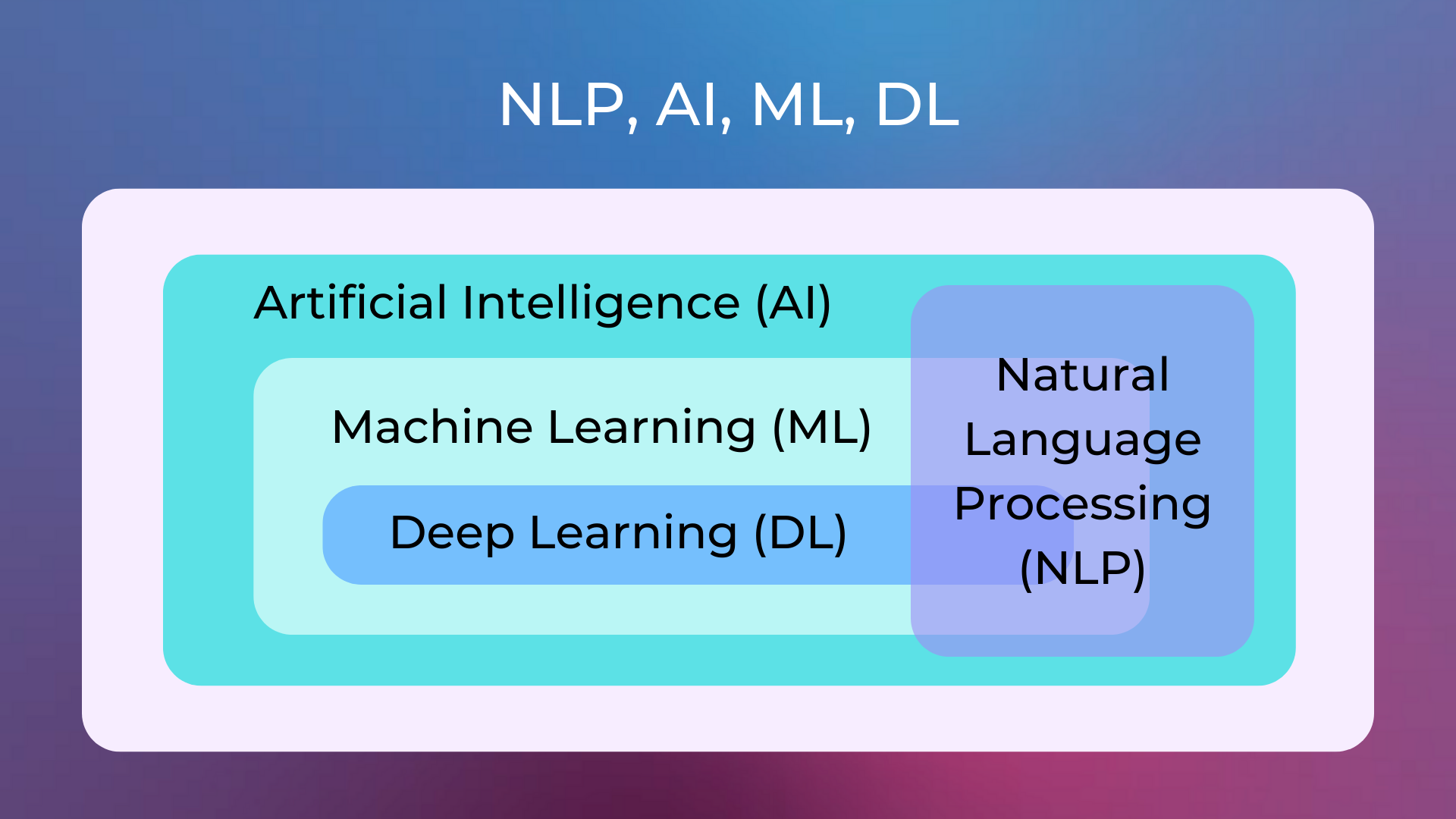What Is Rank One Update In Nlp

Imagine a world where language models understand nuances with breathtaking precision, where machines not only grasp the words you use but also the underlying intent and context. This isn't science fiction; it's the direction Natural Language Processing (NLP) is heading, powered by innovations like the Rank One Update. This technique is quietly revolutionizing how models learn and adapt, making them more efficient and accurate than ever before.
At its core, the Rank One Update is a method for efficiently updating the parameters of language models, particularly those using matrix or tensor decompositions. This allows models to learn new information or adapt to new data without retraining the entire system, saving significant computational resources. This article will unpack this technique, exploring its background, its mechanics, and its potential impact on the future of NLP.
A Glimpse into NLP and Model Updates
Before diving into the specifics of the Rank One Update, it's essential to understand the broader context of NLP and how language models are typically updated.
NLP is a field of artificial intelligence that focuses on enabling computers to understand, interpret, and generate human language. From chatbots to machine translation, NLP powers many applications we use daily.
Language models are statistical representations of language that learn patterns and relationships from vast amounts of text data. These models are used to predict the likelihood of a sequence of words, generating text, and completing other language-related tasks.
Traditional methods for updating language models often involve retraining the entire model from scratch whenever new data becomes available. This is computationally expensive and time-consuming, especially for large models with billions of parameters.
To address these challenges, researchers have explored more efficient update strategies, leading to the development of techniques like the Rank One Update.
The Mechanics of the Rank One Update
The Rank One Update leverages the mathematical properties of matrix or tensor decompositions to efficiently modify model parameters. Many language models represent knowledge as large matrices or tensors.
These matrices can be decomposed into a product of smaller matrices, a process known as matrix factorization. A Rank One Update modifies these factor matrices, effectively updating the model's knowledge with minimal computational overhead.
Consider a scenario where a language model needs to learn a new fact. Instead of retraining the entire model, the Rank One Update allows for adjusting specific parts of the model related to that fact.
Imagine adding a new concept, let's say "quantum entanglement," to a model that previously lacked this information. The Rank One Update would modify the relevant factor matrices to incorporate this new concept and its relationships to other concepts, without affecting other aspects of the model.
The "rank" in Rank One Update refers to the rank of the update matrix applied to the model's parameters. A rank-one matrix has only one linearly independent row or column, allowing it to be represented by the outer product of two vectors.
This low-rank structure ensures that the update is efficient and doesn't require recalculating the entire model. This targeted approach to model updating is what sets the Rank One Update apart from more brute-force retraining methods.
Benefits and Advantages
The Rank One Update offers several key advantages over traditional model update methods.
First and foremost, it's computationally efficient. By updating only a small portion of the model, it saves significant time and resources, especially for large language models.
Secondly, it enables continuous learning. Models can be updated incrementally as new data becomes available, allowing them to adapt to evolving information and trends without requiring full retraining cycles.
Thirdly, it facilitates knowledge injection. Specific facts or relationships can be directly injected into the model through targeted updates, improving its accuracy and performance on specific tasks.
These advantages make the Rank One Update a valuable tool for building more responsive and adaptable NLP systems. For example, a chatbot could learn new information about a product or service on the fly, providing more accurate and up-to-date responses to users.
The technique also contributes to more sustainable AI practices. Reducing the computational cost of training leads to a smaller carbon footprint, aligning with growing concerns about the environmental impact of large AI models.
Applications and Use Cases
The Rank One Update has found applications in various NLP tasks, including:
Knowledge Base Completion: Enhancing knowledge bases by adding new facts and relationships extracted from text data. Imagine a system constantly learning new connections between entities and concepts.
Personalized Recommendation Systems: Adapting recommendations based on user feedback and preferences without retraining the entire recommendation model.
Chatbot Training: Continuously improving chatbot responses by incorporating new information and addressing user queries more effectively.
Machine Translation: Updating translation models with new vocabulary and linguistic nuances to improve translation accuracy.
These applications demonstrate the versatility of the Rank One Update in addressing diverse challenges in NLP.
Challenges and Future Directions
Despite its advantages, the Rank One Update also faces certain challenges.
One challenge is ensuring that updates do not introduce inconsistencies or errors into the model. Careful validation and testing are needed to maintain model integrity.
Another challenge is scaling the technique to even larger and more complex language models. Further research is needed to optimize the Rank One Update for massive-scale applications.
Future research directions include exploring hybrid approaches that combine the Rank One Update with other model update techniques. This could lead to even more efficient and effective methods for adapting language models to new data and tasks.
Researchers are also investigating ways to automate the process of identifying which parts of the model need to be updated for a given task. This would further streamline the update process and reduce the need for manual intervention.
The Broader Impact on NLP
The Rank One Update represents a significant step forward in the field of NLP. By enabling more efficient and adaptable language models, it paves the way for a new generation of AI systems that can learn and evolve continuously.
This has profound implications for how we interact with technology. Chatbots will become more intelligent and responsive, machine translation will become more accurate and seamless, and personalized recommendations will become more relevant and helpful.
Furthermore, the Rank One Update contributes to democratizing access to NLP technology. By reducing the computational cost of training and updating models, it makes it more feasible for smaller organizations and researchers to participate in the development and application of NLP.
As NLP continues to evolve, the Rank One Update and similar techniques will play an increasingly important role in shaping the future of language-based AI. The possibilities are vast, and the potential for positive impact is immense.
Conclusion
The Rank One Update is more than just a technical innovation; it's a testament to the ingenuity and creativity of researchers in the field of NLP. It showcases how mathematical insights can be leveraged to overcome computational limitations and unlock new possibilities for language-based AI.
As we move forward, the Rank One Update will undoubtedly continue to evolve, inspiring new research and development efforts in the quest for more intelligent and adaptable language models. The journey is ongoing, but the destination is clear: a world where machines understand and interact with human language with unprecedented fluency and accuracy. This is not just about building better technology; it's about creating a future where AI empowers us to communicate, learn, and connect in more meaningful ways. This is the promise of NLP, and the Rank One Update is playing a crucial role in realizing that promise.
